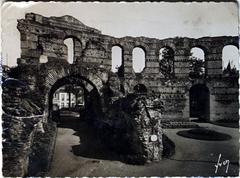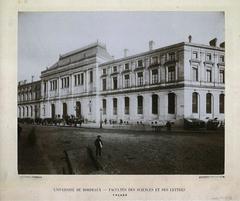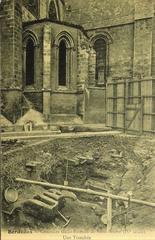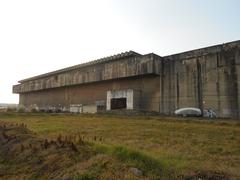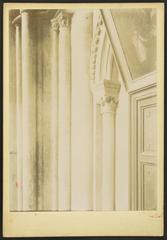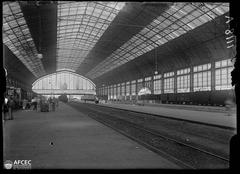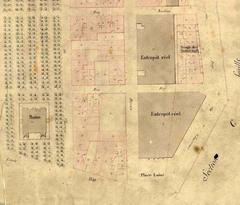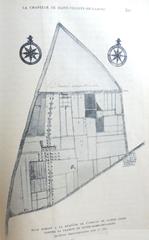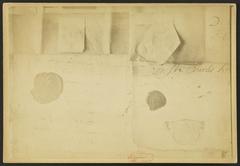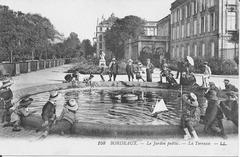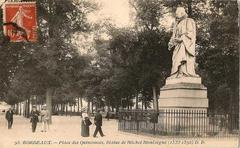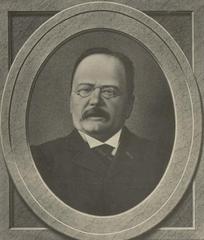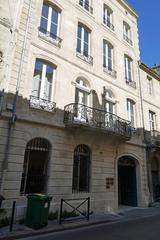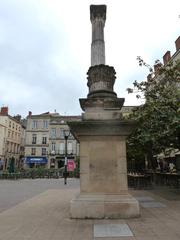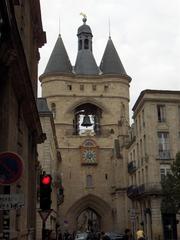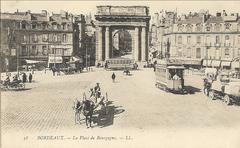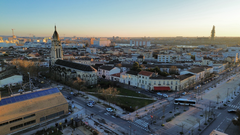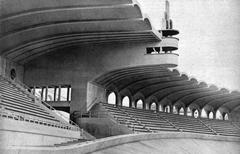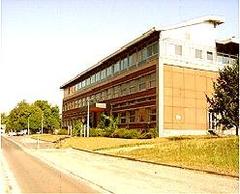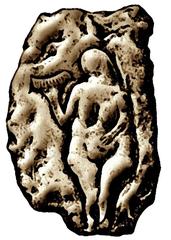Tour du Greffe Bordeaux: Visiting Hours, Tickets & Historical Sites Guide
Date: 14/06/2025
Introduction: Discovering the Tour du Greffe in Bordeaux
Nestled in the heart of Bordeaux’s UNESCO-listed historic center, the Tour du Greffe stands as a vivid testament to the city’s medieval heritage and its ongoing transformation. Originally constructed in the 13th century as part of Bordeaux’s formidable defensive ramparts, the tower—also known as the Tour du Châtelet de la Porte Saint-Eloi—once guarded one of the city’s main gateways to the bustling port on the Garonne River. Over time, the tower was repurposed as the city’s registry office, reflecting its adaptability and enduring civic role. Today, the Tour du Greffe is not only a striking example of medieval architecture but also a protected monument, contributing to Bordeaux’s renowned status as a UNESCO World Heritage site. This guide provides comprehensive information to help you explore this remarkable site, covering visiting hours, ticketing, accessibility, nearby attractions, and the tower’s historical significance (Monumentum, Bordeaux Tourism, France.fr).
Table of Contents
- Medieval Origins and Construction
- Evolution and Urban Development
- Administrative and Judicial Functions
- Heritage Status and Preservation
- Architectural Highlights
- Visitor Information: Hours, Tickets, Accessibility
- Practical Tips and Nearby Attractions
- Archaeological and Subterranean Features
- The Tour du Greffe in the UNESCO Context
- Integration into Tourism and Education
- Frequently Asked Questions (FAQ)
- Visual Highlights
- Conclusion and Call to Action
- Sources
1. Medieval Origins and Construction
The Tour du Greffe was built in the 13th century as part of Bordeaux’s defensive fortifications, specifically integrated into the Porte Saint-Eloi—one of six principal city gates (Monumentum). Its robust stonework and strategic location at what is now 57 rue Saint-James reflect medieval military architecture, with thick walls and subterranean components designed for defense.
2. Evolution and Urban Development
During Bordeaux’s medieval period, the city’s prosperity was closely linked to its river trade and position within the Duchy of Aquitaine. The Tour du Greffe and nearby gates like the Grosse Cloche formed a dense defensive network essential for controlling access and protecting the city (Free Walking Tours Bordeaux). As Bordeaux expanded, many fortifications were demolished for urban renewal, but the Tour du Greffe endured, serving as a rare link to the city’s fortified past (Bordeaux Tourism).
3. Administrative and Judicial Functions
Transitioning from military use, the tower eventually became the city’s registry office—hence the name “Tour du Greffe.” This shift illustrates Bordeaux’s evolution from a fortified town to a center of governance and commerce, with the tower housing vital legal documents and records for centuries (Monumentum).
4. Heritage Status and Preservation
Recognizing its historical value, the Tour du Greffe and its substructures have been officially protected since 1997 (Monumentum). Despite extensive urban changes, the tower’s survival is notable and it remains a vital part of Bordeaux’s architectural heritage (Free Walking Tours Bordeaux).
5. Architectural Highlights
The tower exemplifies medieval military design, with compact vertical structure, narrow windows, and preserved subterranean elements. Its integration into rue Saint-James and proximity to 18th- and 19th-century buildings showcases the layering of Bordeaux’s urban fabric (Bordeaux Tourism).
6. Visitor Information: Hours, Tickets, Accessibility
- Visiting Hours: The exterior of the Tour du Greffe can be admired year-round. Interior visits are typically available only during special events, such as European Heritage Days or guided tours. Standard hours for interior access (when available) are 10:00 AM–6:00 PM, Tuesday to Sunday.
- Tickets: Viewing the exterior is free. Interior access during events may require a nominal fee (generally under €10); check ahead for specifics (Bordeaux Tourism).
- Accessibility: The exterior is accessible to all; however, interior visits involve narrow, steep stairs and may not be suitable for those with mobility challenges.
7. Practical Tips and Nearby Attractions
- Getting There: Centrally located, the tower is a short walk from tram stops like “Hôtel de Ville” (lines A & B) and close to Place Pey-Berland and Cathédrale Saint-André (Nomadic Matt).
- Parking: Limited in the center; use garages like Pey-Berland or Camille Jullian or opt for public transport.
- Best Time to Visit: Spring (April–June) and autumn (September–October) offer mild weather and fewer crowds (Timeless Travel Steps).
- Nearby Attractions: Grosse Cloche, Pey-Berland Tower, Place Pey-Berland, Palais Rohan, and the Saint-Pierre district.
8. Archaeological and Subterranean Features
The tower’s protected underground structures offer a glimpse into medieval defensive engineering, with evidence of construction and adaptation over centuries (Monumentum).
9. The Tour du Greffe in the UNESCO Context
As part of Bordeaux’s UNESCO World Heritage zone—encompassing over 350 listed monuments—the Tour du Greffe contributes to the city’s global reputation for outstanding urban and architectural heritage (France.fr).
10. Integration into Tourism and Education
The tower features in many walking tours, heritage trails, and educational programs, connecting visitors to Bordeaux’s medieval narrative and ongoing preservation efforts (Veronika’s Adventure, Solosophie).
11. Frequently Asked Questions (FAQ)
Q: What are the Tour du Greffe visiting hours?
A: The exterior is accessible year-round. Interior visits are available during special events—check with the Bordeaux tourism office.
Q: Is there an entrance fee?
A: Viewing the exterior is free. Interior access during events may require a small fee.
Q: Is the site accessible for those with mobility challenges?
A: The exterior is accessible, but the interior has narrow stairs and may not be suitable for all.
Q: Are guided tours available?
A: Yes, in both English and French. Booking ahead is recommended during peak times.
Q: What other sites are nearby?
A: Grosse Cloche, Cathédrale Saint-André, Pey-Berland Tower, and Place Pey-Berland.
12. Visual Highlights
The medieval stone architecture of the Tour du Greffe.
Explore the underground structures that reveal Bordeaux’s medieval engineering.
13. Conclusion and Call to Action
The Tour du Greffe is a vital emblem of Bordeaux’s medieval past and evolving urban identity. Its layered history—from fortified gate to registry office and now a protected monument—offers visitors a unique window into the city’s story. Plan ahead by checking visiting hours and special events, and enhance your experience by exploring nearby historic sites.
For the latest updates, guided tour information, and downloadable maps, visit the Bordeaux Tourism Website, download the Audiala app, and follow us on social media for travel tips and heritage news.
14. Sources
- Monumentum
- Bordeaux Tourism
- France.fr
- Free Walking Tours Bordeaux
- Nomadic Matt
- Timeless Travel Steps
- Veronika’s Adventure
- Solosophie
